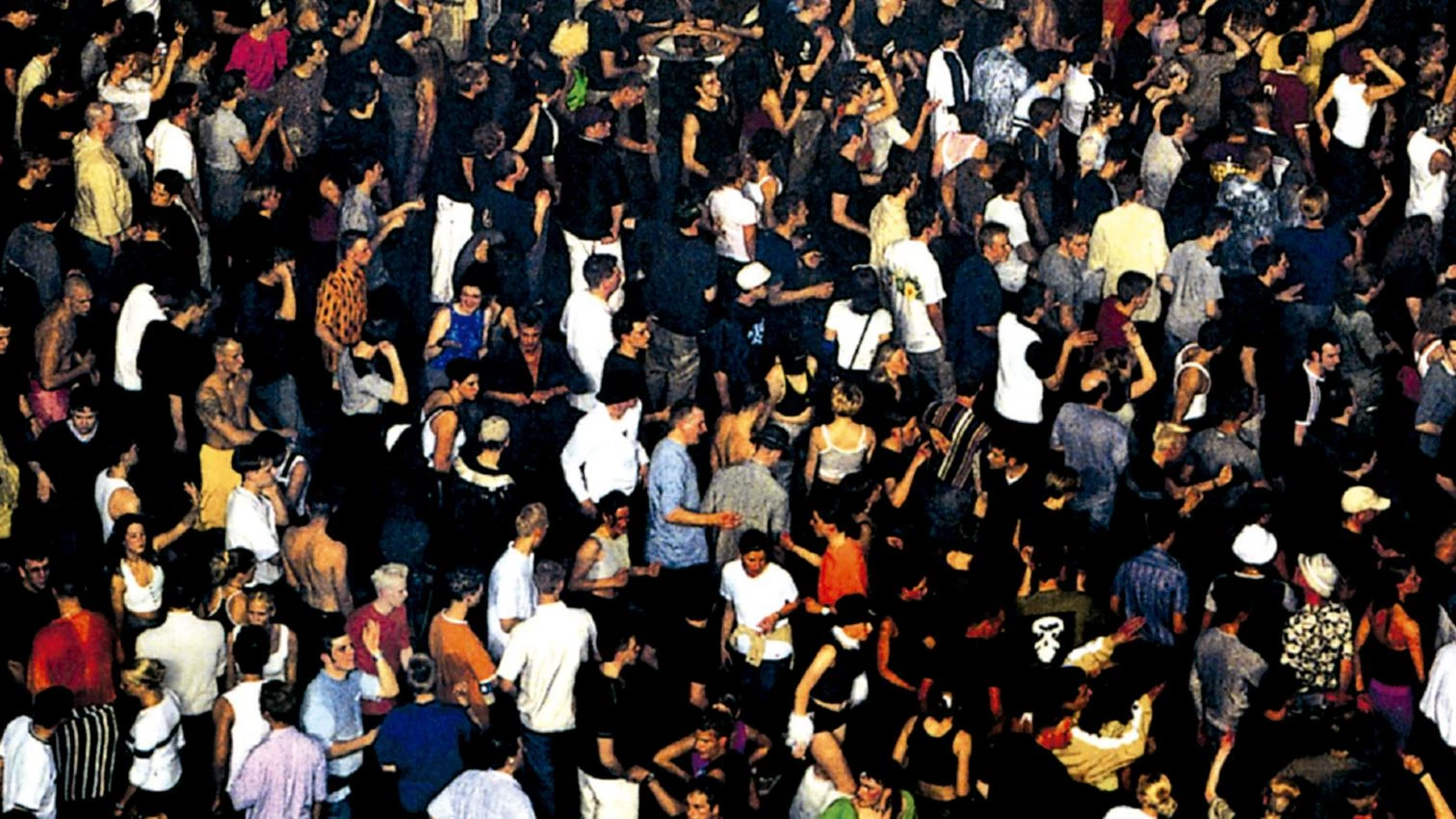
Upon reaching our issue number one hundred, it seems more appropriate to look towards the future than to map the lands we have already visited. Almost one decade after the first Arquitectura Viva issue on young Spanish architects (‘Sangre fresca’, published in 1996), and two decades after the AV project was launched in 1985, going once again into what the last generations draw and build spares us the risk of indulgent self-celebration, but at the same time does not conceal a certain yearn for artificious rejuvenation through the transfusion of the rich flow of unprecedented images that is distilled in a swarm of young laboratories.
This vital flood circulates so vigorously that it is difficult to select two dozens of careers and works without incurring in many omissions and arbitrary decisions, a risk that we have tried to avert here with the double condition of geographic dispersion and of being previously unpublished in the magazine itself. Unfortunately, this last limitation excludes many offices which have emerged in the time passed since our first collection of 1996, and the introductory article by Adela García-Herrera endeavors to make up for the inevitable absences with a collage of mentions that run through the choral panorama of Spain’s young architecture.
However, the number and appeal of the projects should not conceal the significant obstacles that must be overcome during the first stages of liberal practice, still the mythical model of reference for schools and magazines. Built around a romantic concept of authorship, and nurtured by a fancy cocktail of conventional bohemian individualism and contemporary mediatic marketing, the effort to obtain the recognition of a name or brand demands stubborn discipline and a considerable amount of time taken away from personal and family life, which is often and paradoxically alleviated through teams, the younger the larger.
Though graphic brilliance does not leave out constructive credibility, the nature of the competition system and the crowded panorama of the candidates to success inevitably leads new architects to the tireless pursuit of originality, essential to draw attention towards their projects, but also the source of many technical and economic risks that only public clients are able to face. This challenge to the old safety belt of continuity, made possible by the economic effervescence spurred on by the real-estate bubble, traces a future of blurred boundaries, but also one that can only be shaped by the motley crew of architects introduced here as the next generation.





